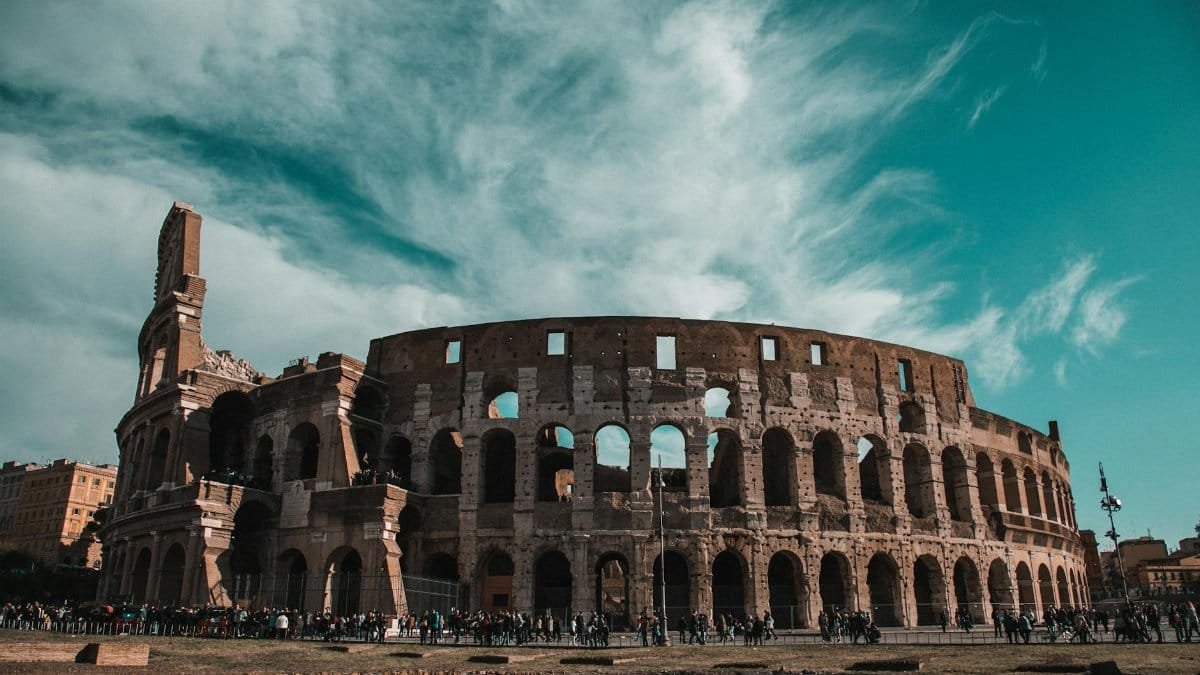Is ancient architecture healthy homes really the solution everyone claims? As modern living spaces often leave us stressed and disconnected, many are turning to time-tested design principles from centuries past. These ancient strategies, rooted in harmony with nature and human well-being, are making a comeback in 2025. From better air flow to natural light, the secrets of ancient architecture healthy homes offer practical ways to transform our environments. Here’s a look at eight powerful principles that still shape the healthiest spaces today.
1. Harmony with Nature

Ancient architects, from the Greeks to the Chinese, designed with the environment in mind. Structures were oriented to capture sunlight and breezes, reducing reliance on artificial systems. Modern studies, like those from the U.S. Department of Energy, show that natural ventilation can cut energy use by up to 30% while improving indoor air quality. Today, aligning homes with natural elements can lower stress and boost health.
2. Optimal Sunlight Exposure

The Romans mastered sunlight with atriums and large windows in their villas. Exposure to natural light regulates circadian rhythms, enhancing sleep and mood. Research from National Institutes of Health confirms that daylight exposure reduces depression symptoms. Incorporating skylights or south-facing windows in modern homes mirrors this ancient wisdom for healthier living.
3. Use of Natural Materials

Ancient builders relied on stone, wood, and clay—materials free of toxic chemicals. These choices minimized indoor pollutants, unlike many synthetic materials used today. Homes built with natural elements can reduce respiratory issues and allergies, creating safer spaces for families in 2025 and beyond.
4. Courtyards for Community and Airflow

From ancient Roman insulae to Middle Eastern riads, courtyards were central to design. They fostered community while allowing air to circulate, keeping spaces cool and fresh. Modern urban planners are reviving this idea to combat heat islands and improve mental well-being through shared green spaces.
5. Thermal Mass for Climate Control

Thick stone walls in ancient Mediterranean homes absorbed heat during the day and released it at night, maintaining steady indoor temperatures. This concept, known as thermal mass, cuts energy costs and keeps homes comfortable year-round. It’s a sustainable trick still relevant for eco-conscious builders.
6. Elevated Designs for Protection

Ancient homes, like those on stilts in Southeast Asia, were raised to avoid floods and pests while improving ventilation. This principle protects against moisture-related health issues like mold. Modern architects are adapting elevated designs to combat rising sea levels and humidity in vulnerable areas.
7. Sacred Geometry for Balance

Ancient cultures, including the Egyptians and Indians, used precise proportions in structures like pyramids and temples to evoke calm. Known as sacred geometry, these ratios are believed to align spaces with human energy. While hard to quantify, many homeowners report feeling more at peace in proportionally balanced rooms.
8. Water Features for Serenity

Fountains and pools were staples in ancient Persian and Roman gardens, providing cooling effects and soothing sounds. Water elements reduce stress and humidity, fostering a tranquil environment. Adding small indoor fountains or outdoor ponds can replicate this calming effect in today’s homes inspired by ancient architecture healthy homes.
These eight principles prove that ancient design isn’t just history—it’s a blueprint for healthier living. As more Americans rethink their spaces in 2025, blending old wisdom with new technology could be the key to building homes that truly nurture body and mind.
